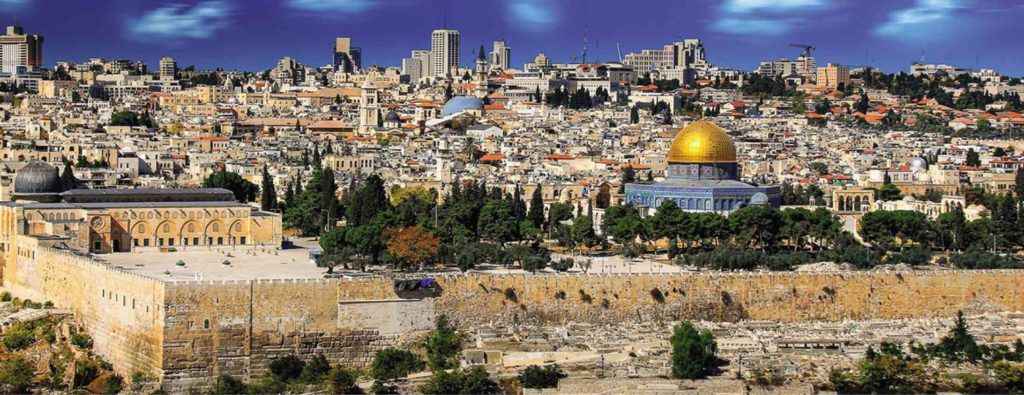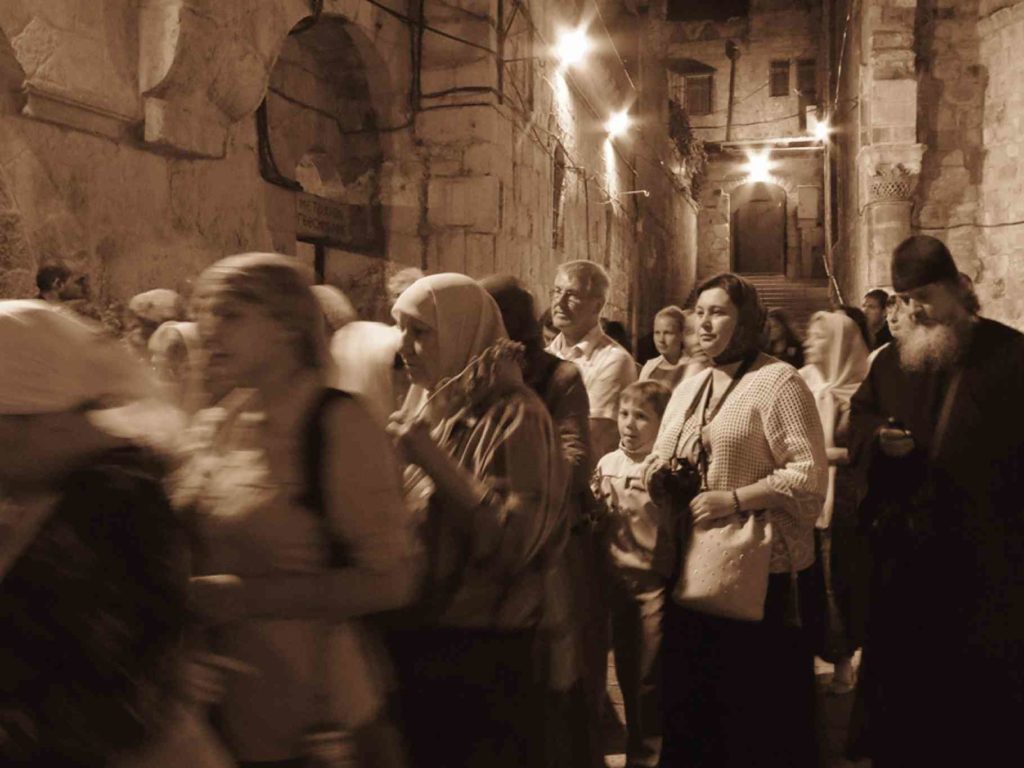Architecture of war

Architecture is a powerful system that shapes our society. While it provides shelter to people, it also keeps others out. Buildings can signify progress, but it can also imply control of ruling classes.
Often, architecture is the first to be rebuilt after a war. Sometimes, it becomes the cause of the war. In a world often beset with conflict, architecture can be used as a tool to dictate and dominate the actions of people.
This was seen in the case of the Israeli-Palestine conflict and, if we truly take a look around us, in many of the conflicts that divide our world today.
Dividing people
The Israeli-Palestinian conflict is one of the longest running social discords that still endure today. Basically involving Jews and Arabs, the disagreement dates back to early 20th century.
The two groups are divided by their cultural and historical beliefs, but they are fighting for the same land. Despite multiple attempts to reach a peace settlement, the two remain wary with each other.
The West Bank, a piece of land that lies to the east of Israel, exhibits much of this conflict in its built environment. It is revered by both parties because it contains many Jewish and Muslim holy sites.
The Palestinians make up the bulk of the population, but Jewish presence is felt with new settlements and military bases. Israeli watchtowers are built along the edge of the area. These fortresses are meant to protect Israeli settlers, but also keep the Palestinians in constant check.

Architecture can influence the actions and thoughts of people about each other.
Barriers
Eyal Weizmann, an architecture professor who has long studied the area, said that military bases are not the only structures that encourage conflict.
The presence of turnstiles, the concrete barriers, and checkpoints inhibit the movement of the settlers. These barriers sometimes shame passers-by because they restrict access base on physical and ethnic differences.
Bulldozers were used to demolish existing communities to make way for new settlements. Higher land areas were allocated for many Israeli settlers. The new settlements were scattered all over, dividing the original Palestine community.
Israeli homes were recommended to be built with red roofs to help distinguish them during air strikes. The Jewish homes have access to mountain views, but they also easily oversee the Palestinians in the lower area.
Road networks for the Israelis and Palestinians are separate, preventing the two communities from mingling.
Due to these factors, the West bank remains a disputed land. Palestine communities and Israeli settlements continue to be wary of each other.
The two parties have yet to reach a peace agreement and many critics argue that new settlements are not helping the initiative. In this case, architecture became a means to dictate the lives and sentiments of people.
It is used as a subtle yet effective way of controlling people and encouraging conflict.
Responsibility of designers
The situation of the West Bank illustrates how architecture can affect conflicts. When buildings are used to divide and control, differences are highlighted and discrimination subtly enters the picture.
As Weizmann puts it, “Architecture and the built environment is a kind of a slow violence” (archdaily.com).
Even though structures do not directly cause people harm, their mere presence can evoke feelings that translate to actions and opinions.
Considering this, it appears that architects and designers play a large role in shaping communities and influencing thought. Just as architecture can cause conflict, it can also be used to encourage peace and unity.
The Philippines, which has experienced its share of conflicts, could definitely benefit from architecture that promotes harmonious co-existence.
Maybe if designers can create spaces that encourage people to get together, to see each other as equals, maybe they can change the minds of people at war. Maybe if buildings are made more inclusive, open to all, we can create a society that is not divided by class or religion.
Planners help shape our nation, and they have a large responsibility in their hands. Will the built environment break or unite our country that has suffered war? The answer lies with the designers of our land.
(Sources: www.archdaily.com; www.theguardian.com; www.aljazeera.com)
The author is a licensed architect who studied in Barcelona, Spain and currently works for the local firm DSFN Architects. She sees her time abroad as a way of learning from other nations and applying new things in the Philippines.














